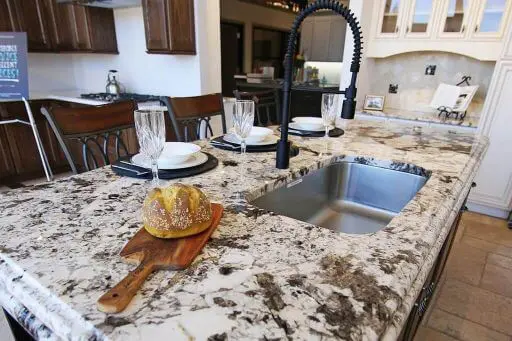Granite Countertop Installation Checklist for a Smooth Process
Installing granite countertops can be a transformative project for your kitchen or bathroom, but to ensure the process runs smoothly and efficiently, careful planning and preparation are key. Here’s a checklist to guide you through the entire granite countertop installation process. Start by evaluating the existing countertops or space where the granite will be installed. Measure the area to ensure you have accurate dimensions for the granite slabs. These measurements are critical because granite is typically sold by the square foot, and incorrect measurements can lead to ordering too much or too little material. Be sure to measure for not just length and width but also any cutouts for sinks or stovetops. It is essential that you check for any unevenness or damage in the existing base cabinets, as granite is heavy and can require proper support to prevent cracking or shifting over time. Once you have confirmed your measurements, select the granite slabs.

It is a good idea to request samples of the granite you are considering to see how it looks in your kitchen’s lighting. After deciding on the perfect slab, coordinate with the supplier to order the material. Before installation day, ensure that the kitchen or bathroom area is clear and accessible. Remove any old countertops, appliances, or fixtures that could obstruct the installation process. You should also ensure that the area is clean, free of debris, and ready for the granite pieces to be placed. Additionally, confirm that all necessary tools, including adhesive, sealing material, and a cutting tool, are available on installation day. During the installation process, the granite will typically be delivered, and the installers will prepare the area. The granite slabs will be carefully lifted into place, requiring precise alignment and ensuring that the edges fit perfectly with the walls and cabinets. It is crucial to work with professional installers who have the expertise to handle such heavy material and make precise cuts around sinks and edges.
After the countertops are installed, the installers will clean the surfaces and check that the seams are smooth and even. At this point, a granite sealer may be applied to protect the stone from stains and moisture damage. Sealing is an essential step as granite is a porous material that can absorb liquids if left untreated. Once the installation is complete, take some time to inspect the work. Ensure that the countertops are level, there are no visible gaps between the granite and the cabinetry, and that all edges are smooth. You should also inspect the seams and ensure there are no noticeable joints. If everything checks out, it is time to begin using your new granite countertops, but remember to follow any maintenance recommendations provided by the installer to keep your countertops in great condition and Click Here and visit build-review.com. This checklist helps to ensure that your granite countertop installation is successful, with careful attention to detail from measurement to final inspection. The process involves significant preparation and precision, but with the right approach, you can enjoy the durability and beauty of granite for years to come.